-
Posts
602 -
Joined
-
Last visited
Content Type
Profiles
Forums
Gallery
Events
Posts posted by rdsaplala
-
-
Thanks Ben, my first planking has quite a lot of pointy plank-ends, but hopefully, I'll be able to do a more accurate job on the second layer

-
Coppering hull= 20 bucks....
Beautifully planked hull not covered by any copper= Priceless

- Blueskippy and lamarvalley
-
 2
2
-
-
Splendid planking work Vitus, it looks perpect!

Have you considered just leaving the hull uncoppered? I personally think your planking work looks too beautiful to cover up

-
Beautiful work on the bouys, Borge, they look great!
-
Neat looking ropecoils there, Ray, excellent work.
-
Beautiful work on the beams, Danny, thanks too for the tutorial on how to remove them safely

-
Thanks for the good word, Mobbsie, it's always a pleasure to hear from you my friend.
Sjors, I'm pleased to know that you're well on your way to the pink of health.
-
Thanks for the tip on using the card templates, Danny, I'll give them a try, splendid work on the catheads, they look great!

-
Hi Pete,
Just catching up with your beautiful Triton build, very precise and clean work, Sir, she's looking great

-
Thanks for the compliments, M., Frank and Augie, they are much appreciated

Augie, thanks for the technical info, that "special timber" was probably the compass oak that I read before, those old shipwright are indeed very cool and creative individuals

-
Very nice planking work, Vitus, regarding the coppering, the copper plates provided in the Amati kit are .10mm thick.
-
-
Congratulations on your beautiful new work area, as well as the excellent planking work you're doing, she's coming along beautifully

-
They all look great to me, Grant, excellent job. Have a pleasant trip

-
-
Wow! those lodging and hanging knees look great Danny, it's frightening just to imagine how to perfectly fit the lodging knees to the deckbeams, hanging knees and ship's frames, and you've executed all these perfectly!

-
Splendid rigging work Popeye, those stays look fabulous!

-
Beautiful detail-work, Borge, and those turned cannons and bell look splendid

-
Thanks very much for the kind words, guys
@David and Pete: thanks for dropping by my log

@Sjors: hope all is well with you my friend, have a speedy recovery

@Grant: yup, I'm thankful indeed, you have to tell me your secret on how you cope up with all those ports

@Mark: it has been quite a learning curve indeed, working with CAD and understanding druxey's articles were the most challenging of them

-
- Anja, the learner, riverboat and 7 others
-
 10
10
-
Hi Peter,
Thanks for dropping by as well as the kind words

...Looking at your post #102 I notice something like a kink where the planks bend over the aftermost bulkhead, transferring from side to stern. I noticed a similar kink in kits and have, so far, always tried to eliminate it, by adjusting bulkheads and first planking. Now I’m asking myself if ships were built with such kinks – perhaps to get as much inside space as possible-, or if they happen if you have not enough bulkheads to build a smooth curve. Anyway, I think the original planks wouldn’t like to be bent into such kinks and would react with braking, or at least threaten to do so when you stretch and distort the wood fibers that much. What do you think?
That was my exact sentiment since the first time that I built a model ship , my friend

It seems that in most cases, no matter how much you fair the aftmost bulkhead, the planks tend to curve sharply at the aftmost area.
I don't think it's due to lack of bulkheads because even contemporary models built in "bread and butter fashion" seem to show the same sharp curve of the planks as they attach to the wing transom (see pics below):
Modern models (both kits and expertly scratchbuilt ones) also seem to show this particular feature:

If I remember correctly, I read somewhere (either Goodwin's "Construction and Fitting" or Lavery's "Arming and Fitting") that there is a particular timber called "compass oak", which has curved grain, and is carved and used for curved portions of the ship. My guess is that the planks in this portion use compass oak, which may have been carved to follow the sharp curvature of the wing transom.
It would be impossible to force-bend real planks to conform to such a sharp curve so they were most probably carved to shape.
Of course that is just my guess so I'll have to dig deeper for an explanation one of these days

-
thats coming along very nicely, Aldo.
Thanks for the good word, Brian

-
Thanks, Sam, Pegasus is temporarily mothballed for now as I have to focus my limited shipbuilding time on Triton



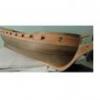
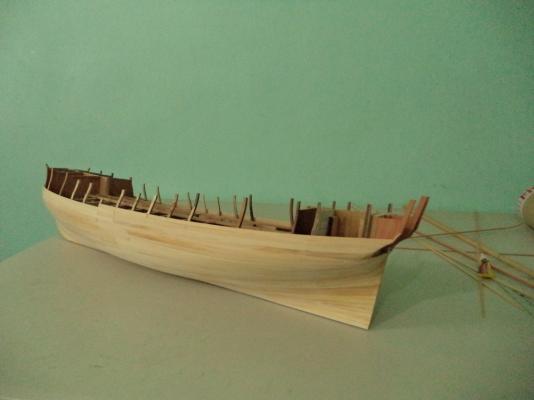
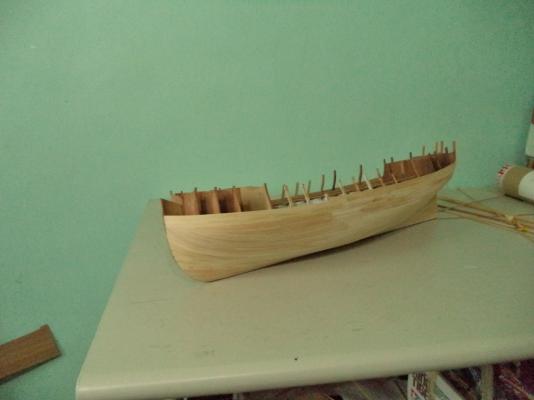
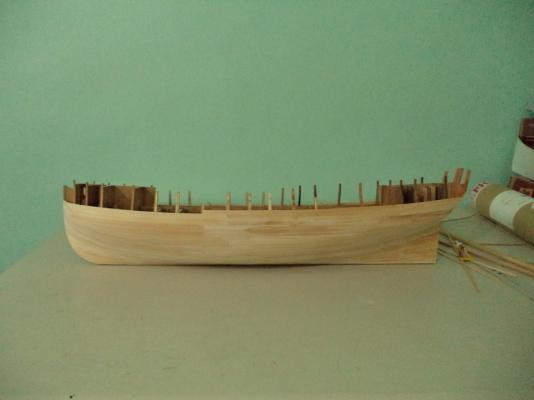
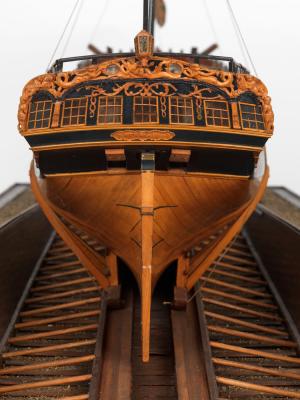
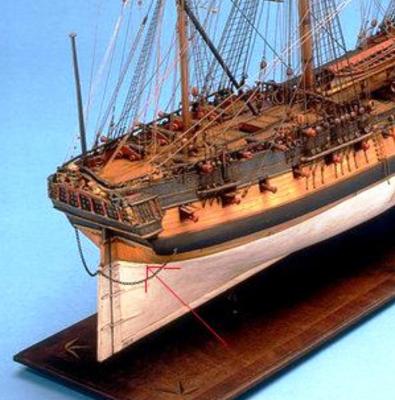
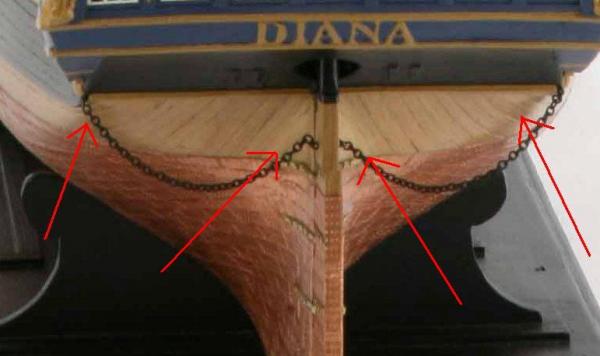
HMS Vulture 1776 by Dan Vadas - FINISHED - 1:48 scale - 16-gun Swan-class sloop from TFFM plans
in - Build logs for subjects built 1751 - 1800
Posted
Those sheaves look perfect, Danny, splendid job!